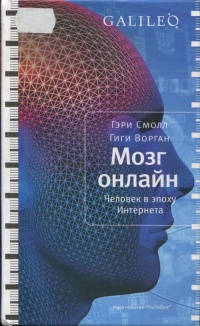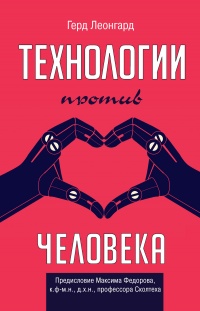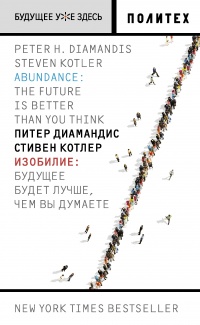Книга Смерть должна умереть. Наука в борьбе за наше бессмертие - Дэвид Вуд
Читать книгу Смерть должна умереть. Наука в борьбе за наше бессмертие - Дэвид Вуд полностью.
Шрифт:
-
+
Интервал:
-
+
Закладка:
Сделать
Перейти на страницу:
Перейти на страницу:
Книги схожие с книгой «Смерть должна умереть. Наука в борьбе за наше бессмертие - Дэвид Вуд» от автора - Хосе Луис Кордейро, Дэвид Вуд:
Комментарии и отзывы (0) к книге "Смерть должна умереть. Наука в борьбе за наше бессмертие - Дэвид Вуд"












